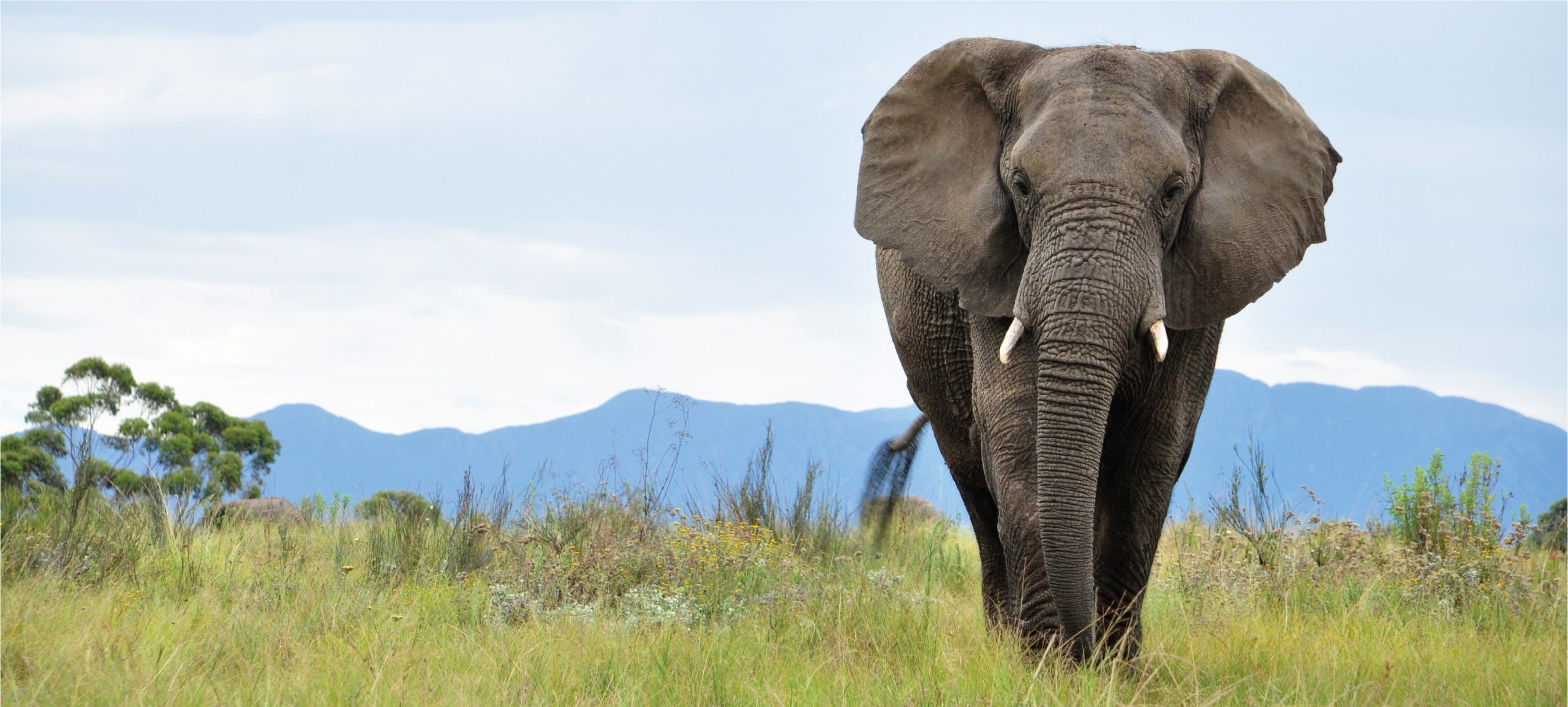-

Steppe Vole
Discover the fascinating world of the **Steppe Vole** (*Microtus gregalis*), a small herbivorous rodent native to the grasslands of Central Asia, including Kazakhstan and Mongolia. Known for their robust bodies and impressive agility, these voles live in complex burrow systems and play a crucial role in their ecosystem by promoting plant growth and serving as…
-

Amur Brown Lemming
Discover the intriguing world of the Amur Brown Lemming (*Lemmus amurensis*), a small rodent native to the tundra regions of northeastern Asia. Learn about their unique physical characteristics, fascinating social behaviors, and vital role in the ecosystem as both herbivores and prey. Despite their vulnerability due to habitat loss and climate change, these remarkable creatures…
-

Norway Brown Lemming
Discover the fascinating world of the Norway Brown Lemming (Lemmus lemmus), a small rodent thriving in the harsh tundra of Scandinavia and northern Russia. Learn about its unique habitat, migratory behavior, and essential role in the Arctic ecosystem, alongside intriguing facts and conservation insights that highlight the importance of this remarkable species.
-

West Siberian Brown Lemming
Discover the fascinating world of the West Siberian Brown Lemming (Lagurus lagurus), a resilient rodent thriving in the harsh tundra of Siberia. With its unique adaptations, social behaviors, and crucial ecological role, this small yet significant species showcases the intricate balance of life in extreme environments. Learn about their habitat, diet, reproduction, and the challenges…
-

Nearctic Brown Lemming
Discover the fascinating world of the Nearctic Brown Lemming (*Dicrostonyx groenlandicus*), a resilient herbivore thriving in the Arctic tundra. This comprehensive species profile delves into their unique habitat, physical characteristics, social behaviors, and vital role in the ecosystem, while also addressing their breeding patterns and conservation status. Uncover intriguing insights about these small mammals and…
-

Northern Bog Lemming
Discover the fascinating Northern Bog Lemming (*Synaptomys borealis*), a small rodent thriving in the wetlands of northern North America. Learn about its unique adaptations, nocturnal behaviors, and crucial role in the ecosystem, from burrowing habits to its impact on nutrient cycling. Delve into its habitat, diet, reproduction, and conservation status to appreciate this often-overlooked species.
-

Yunnan Red-backed Vole
Discover the fascinating Yunnan Red-backed Vole, a small mammal native to the high-altitude terrains of southwestern China. Learn about its distinctive reddish-brown stripe, nocturnal behaviors, and the vital role it plays in its ecosystem amidst growing conservation concerns. Explore the challenges it faces due to habitat loss and the importance of protecting this unique species.
Search
Popular Posts
-
Liolaemus crandalli
Discover the unique Liolaemus crandalli, or Crandall’s liolaemus, a striking lizard native to the temperate forests and grasslands of southern Chile and Argentina. Measuring 8 to 12 cm, this diurnal insectivore features a slender body with vibrant coloration in males during breeding, and plays a vital role in its ecosystem by controlling insect populations and…
Categories
Tags
animal adaptations (890) animal behavior (4960) animal reproduction (851) behavior (920) biodiversity (7661) conservation (1670) conservation efforts (1732) conservation status (5528) diet (2102) echolocation (822) ecological balance (1967) ecological role (1831) ecosystem (1469) ecosystem role (2842) endangered species (2499) environmental conservation (821) habitat (3274) habitat conservation (1090) Habitat Destruction (1326) habitat loss (3314) insectivorous reptiles (881) IUCN Red List (1847) lizard reproduction (909) nocturnal animals (2751) nocturnal behavior (2548) nocturnal reptiles (992) physical characteristics (2047) predator-prey relationships (837) reproduction (2884) reptile behavior (914) reptile conservation (1236) reptile reproduction (935) rodent species (1325) seed dispersal (2131) Seed Disperser (977) small mammals (1166) snake behavior (848) snake diet (954) snake reproduction (1036) South America (806) tropical forests (946) Vulnerable Species (4837) wildlife (2510) wildlife conservation (5178) wildlife protection (983)







